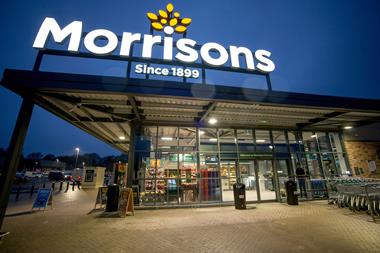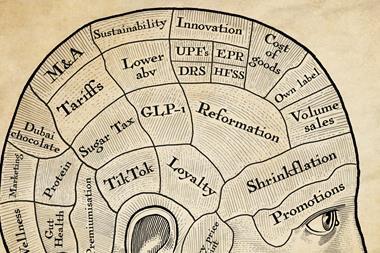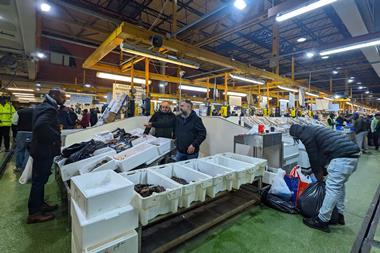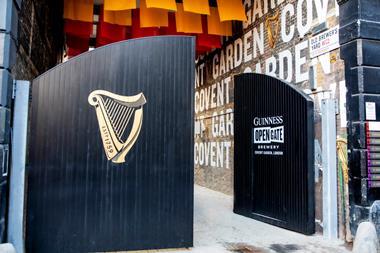Hams Hall, the Sainsbury's DC, is still inextricably linked for me with the availability issues that cost the hapless Peter Davis his job.
A market research agency told me earlier this year that availability was now so good, across the major multiples, it was no longer an issue for consumers. In fact, as a result of promotions, availability is increasingly problematic.
Hams Hall, the Sainsbury's DC, is still inextricably linked for me with the availability issues that cost the hapless Peter Davis his job. Six years on, and not only has Sainsbury's sorted out its availability, but availability itself as a consumer issue a market research agency told me earlier this year has been eradicated.
Not where I'm sitting, it's not. Availability, we are told by the supermarkets, is running at 97%, or thereabouts. And our own surveys for The Grocer 33 in the past have supported this: the winner of the availability award earlier this year Asda recorded a 97.32% score over the 12 months to 7 June.
But the formula the industry has been using to measure availability, and the times at which our mystery shoppers were in store, do not reflect the reality for most shoppers. Which is why The Grocer 33 mystery shopping service has undergone substantial change for 2010/11.
The first change is to score supermarkets on the number of full baskets. In 2009/10 Asda recorded four; second-placed Tesco managed the feat 14 times. We think discounting 'not stocked' items in the reckoning of availability is misrepresentative and with Asda's high average store size, it has no excuse for such a high level of not-stocked items on the popular lines in our list.
We have also started to include variable 'windows' for our mystery shops, including late nights on Friday, and Saturday lunch slots. The results, looking at the picture for the five supermarkets in our weekly mystery shopping survey in the last six weeks, shows availability is, by our measure, at 92.9%.
With 40% of items now bought on promotion, according to Nielsen, the true measure be yet higher. A study by the IPM found up to 40% of shoppers felt let down as promotions sold out. Supply chains are superb feats of logistics; but with promotions such a feature of the current landscape, there's still much room for demand-forecasting improvement.
A market research agency told me earlier this year that availability was now so good, across the major multiples, it was no longer an issue for consumers. In fact, as a result of promotions, availability is increasingly problematic.
Hams Hall, the Sainsbury's DC, is still inextricably linked for me with the availability issues that cost the hapless Peter Davis his job. Six years on, and not only has Sainsbury's sorted out its availability, but availability itself as a consumer issue a market research agency told me earlier this year has been eradicated.
Not where I'm sitting, it's not. Availability, we are told by the supermarkets, is running at 97%, or thereabouts. And our own surveys for The Grocer 33 in the past have supported this: the winner of the availability award earlier this year Asda recorded a 97.32% score over the 12 months to 7 June.
But the formula the industry has been using to measure availability, and the times at which our mystery shoppers were in store, do not reflect the reality for most shoppers. Which is why The Grocer 33 mystery shopping service has undergone substantial change for 2010/11.
The first change is to score supermarkets on the number of full baskets. In 2009/10 Asda recorded four; second-placed Tesco managed the feat 14 times. We think discounting 'not stocked' items in the reckoning of availability is misrepresentative and with Asda's high average store size, it has no excuse for such a high level of not-stocked items on the popular lines in our list.
We have also started to include variable 'windows' for our mystery shops, including late nights on Friday, and Saturday lunch slots. The results, looking at the picture for the five supermarkets in our weekly mystery shopping survey in the last six weeks, shows availability is, by our measure, at 92.9%.
With 40% of items now bought on promotion, according to Nielsen, the true measure be yet higher. A study by the IPM found up to 40% of shoppers felt let down as promotions sold out. Supply chains are superb feats of logistics; but with promotions such a feature of the current landscape, there's still much room for demand-forecasting improvement.














No comments yet